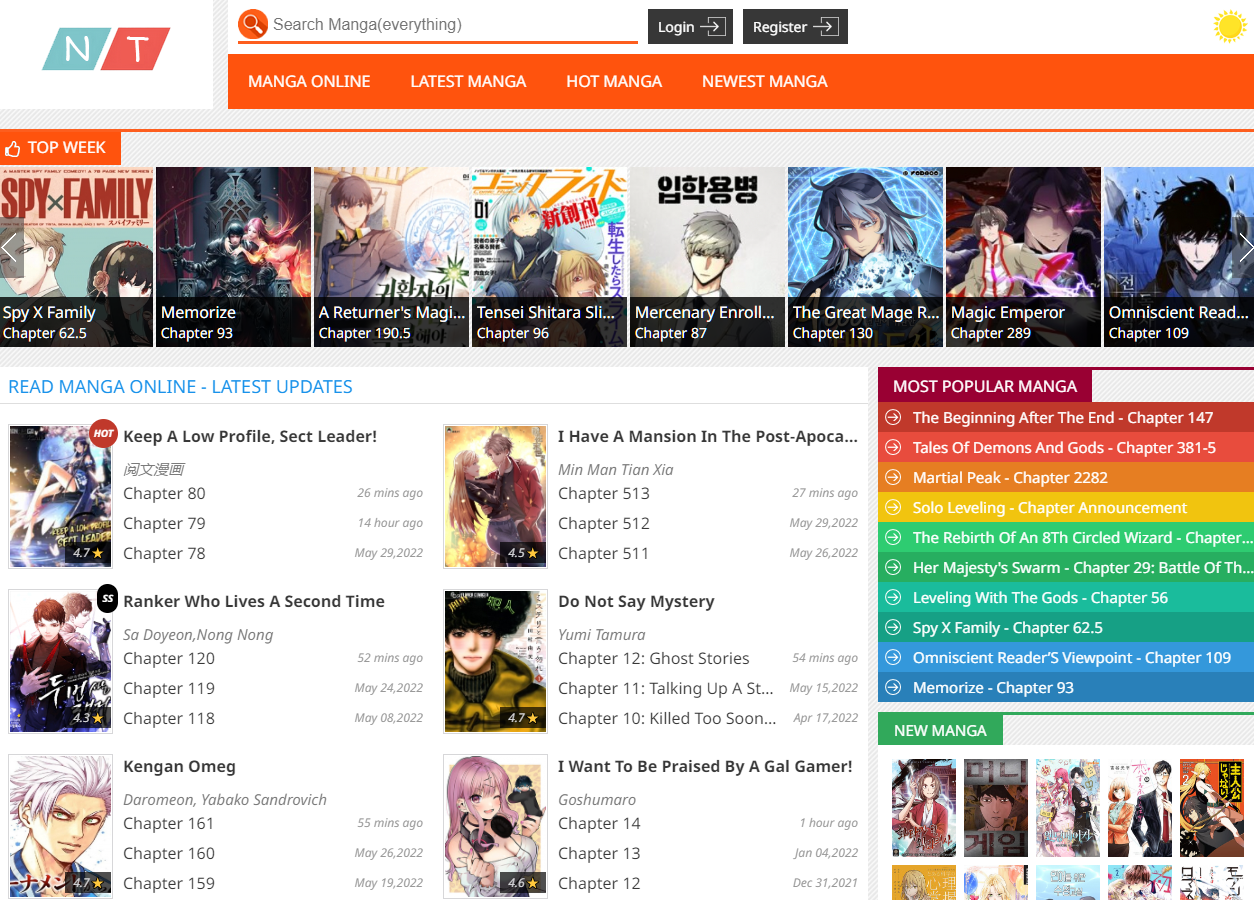🌟 Dịch Vụ Chất Lượng Cao 🌟
✓ 301 Redirect: Chuyển hướng domain an toàn, giữ nguyên giá trị SEO
✓ Guest Post: Đăng bài chất lượng trên các website uy tín
✓ Hỗ trợ tư vấn 24/7
✓ Báo giá cạnh tranh
✓ Thời gian xử lý nhanh chóng
📱 Liên hệ ngay qua Telegram: @subdomaingov
⚡ Hỗ trợ tư vấn miễn phí
Suufungo No Mirai Ga Wakaru You Ni Natta Kedo, Onnagokoro Wa Wakaranai.
₫4.722.317
Suufungo No Mirai Ga Wakaru You Ni Natta Kedo, Onnagokoro Wa Wakaranai. - Collection: Find Rare Titles Here
Product description
, a young girl who forms an unbreakable bond with a karakuri named Shiro. Hana's unwavering belief in Shiro’s sentience drives much of the narrative, showcasing her innocent yet profound understanding of companionship.
On the other hand, Dr. Kuro, the genius inventor behind the creations of these puppets, embodies the ethical dilemmas of creation. His motivations are often questioned: Is he driven by ambition or compassion? Each of these characters brings their own conflicts, desires, and philosophies into play, creating a rich tapestry of interpersonal dynamics.
Plot Twists that Keep Readers Engaged
One of the hallmarks of Karakuri is its ability to surprise its audience. As the plot unfolds, unexpected twists keep readers on their toes. For instance, when a malfunction leads to a revelation about Shiro's past, it alters the course of their relationship and the way they view the world around them.
These plot developments force readers to reconsider their assumptions about the characters and their motives. They also introduce elements of suspense and intrigue, reinforcing the idea that nothing is ever as it seems in Karakuri's world. Dramatic revelations not only advance the plot but also deepen our emotional investment in the characters.
Themes That Resonate Deeply
Karakuri delves into various themes that resonate with many aspects of contemporary life. It serves as a mirror reflecting societal quandaries, particularly those related to technology and identity.
Humanity vs. Artificial Intelligence
At the core of Karakuri lies the question of what defines humanity. Throughout the series, the distinction between humans and karakuri blurs. Are emotions exclusive to organic beings, or can artificial entities also experience love, pain, and joy?
This exploration resonates strongly with modern discussions about AI and robotics. As technology continues to evolve, the definition of sentience becomes more ambiguous. Karakuri navigates these themes gracefully, leaving readers pondering the implications of our technological advancements.
The Nature of Relationships
Relationships form the backbone of Karakuri's narrative architecture. The bonds between humans and karakuri showcase the depth and complexity of connection. Hana and Shiro's friendship illustrates how genuine relationships can transcend boundaries, whether they be biological or mechanical.
Moreover, the manga explores familial relationships. Dr. Kuro's interactions with his family reveal the sacrifices made in pursuit of innovation. The emotional weight of these dynamics adds layers of richness, showcasing the impact of personal choices on those we love.
Philosophical Reflections on Existence
Karakuri does not shy away from existential questions. What does it mean to exist in a world where one's reality is dictated by another? Can artificial beings possess consciousness independently of their creators? These questions permeate the story, stimulating intellectual engagement and inviting philosophical reflection.
The juxtaposition of innocence and wisdom within the characters underscores this theme. While Shiro might lack human experiences, his perspective on life prompts deeper introspection on what it means to truly live. The narrative encourages readers to reflect upon their own existence, instilling a sense of curiosity and wonder.
Social Commentary on Technology and Ethics
Beyond individual narratives, Karakuri serves as a critique of how society interacts with technology. The manga highlights the potential for misuse and misunderstanding of artificial intelligence. By portraying the struggles of karakuri, it urges readers to consider the ethical implications of creating intelligent beings.
Issues such as exploitation, commodification, and autonomy come to the forefront. How should society treat those who possess consciousness, regardless of their origin? Karakuri engages with these thought-provoking dilemmas, positioning itself as not only a work of fiction but a relevant commentary on contemporary issues.
Artistic Expression and Visual Storytelling
One cannot discuss Karakuri without acknowledging its stunning artistic execution. The visuals play a pivotal role in enhancing the storytelling experience, bringing the characters and their emotions to life in vivid detail.
A Distinct Art Style
The manga showcases a unique art style that combines elegance and whimsy. Characters are beautifully designed, capturing their personalities through expressive facial features and body language. The intricacies of the karakuri designs highlight the craftsmanship involved in their creation, reflecting Dr. Kuro's ingenuity.
This distinct visual approach creates a rich atmosphere that draws readers further into the narrative. The contrasting designs of humans and karakuri emphasize their differences while illustrating their shared essence.
Symbolism Through Imagery
Imagery in Karakuri goes beyond aesthetics; it serves as a powerful storytelling device. Specific motifs recur throughout the series, offering deeper insights into character emotions and narrative themes. For example, the recurrent use of gears symbolizes the intertwining nature of fate and choice, reinforcing the interconnectedness of all beings.
Additionally, color palettes shift to represent characters' emotional states. Darker tones depict moments of despair, while vibrant colors convey hope and joy. This nuanced use of color enhances the narrative's emotional depth, enabling readers to connect with the characters’ journeys on a visceral level.
The Role of Panels and Layout
The layout of each page contributes significantly to the pacing and rhythm of the storytelling. Strategic use of large panels during poignant moments allows the weight of situations to settle in, providing space for reflection.
Conversely, fast-paced sequences employ smaller panels to create a sense of urgency. This manipulation of layout reflects the characters' emotional states and heightens tension, keeping readers enthralled. It’s a testament to the artistry involved in crafting a comprehensive narrative experience.
The Impact of Illustrations on Emotion
Illustrations evoke emotions effectively, allowing readers to empathize deeply with the characters. Whether it’s Hana’s hopeful expressions or Shiro’s wistful gaze, every illustration conveys layers of meaning.
Through visual storytelling, Karakuri transcends language barriers, inviting readers from diverse backgrounds to engage with its themes. By eliciting empathy and understanding, the manga fosters a sense of community among its readers—a powerful testament to the universal nature of art.
FAQs About Karakuri
What is Karakuri about?
Karakuri is a manga that explores the relationships between humans and robotic beings known as karakuri. It delves into themes of humanity, artificial intelligence, and the ethical dilemmas surrounding technology.
Who are the main characters in Karakuri?
The main characters include Hana, a young girl who befriends a karakuri named Shiro, and Dr. Kuro, the inventor of the karakuri. Their relationships drive the narrative and explore various philosophical themes.
What themes are prevalent in Karakuri?
Karakuri discusses multiple themes, including the nature of relationships, the distinction between humans and artificial intelligence, existential questions about existence, and social commentary on technology and ethics.
How does the art style enhance the story?
The art style in Karakuri is distinctive and expressive. It captures the characters' emotions and reflects the themes of the narrative, using symbolism and color effectively to deepen the reader's connection to the story.
What makes Karakuri relevant today?
Karakuri addresses contemporary issues surrounding technology and artificial intelligence, prompting reflections on ethics, autonomy, and the meaning of existence. Its timeless themes resonate with ongoing societal debates.
Conclusion
In conclusion, the Manga summary Karakuri showcases a rich tapestry woven with intricate narratives, multifaceted characters, and profound themes. Through its exploration of humanity, relationships, and ethics, the manga invites readers to ponder significant questions about existence and technology. With its stunning artistry and captivating storytelling, Karakuri stands as a poignant reminder of the power of narrative to elevate our understanding of ourselves and the world around us. Whether you're a seasoned manga enthusiast or new to the genre, Karakuri promises an enriching journey filled with emotion, intellect, and beauty.
Dive Into the Enigmatic World of Karakuri - A Manga Summary
In this article, we will explore the intricate layers of the captivating manga, with a Manga summary Karakuri that aims to unveil its thrilling narrative and complex characters, while also shedding light on its unique themes. Karakuri is not just a work of art; it's an experience that blends emotion, intrigue, and philosophical musings, all wrapped in a beautifully illustrated package.
The Intricate Narrative of Karakuri
Karakuri's storyline is one of the most engaging aspects of the manga, pulling readers into an imaginative world infused with rich cultural elements. The narrative revolves around complex relationships, unforeseen challenges, and philosophical questions about humanity, technology, and existence.
An Introduction to the World of Karakuri
The story immerses us in a universe where human-like puppets known as "karakuri" exist alongside humans. These mechanical beings are not merely tools; they have personalities, aspirations, and emotions that challenge the notion of what it means to be alive. This setting raises compelling questions about artificial intelligence and the ethics surrounding it.
As we delve deeper into the world of Karakuri, we discover that these puppets serve various roles in society. Some are entertainers, while others are laborers or even companions. Their existence forces the reader to examine their own beliefs about technology's role in society. Are these creatures simply machines, or do they deserve rights and recognition? Such themes resonate profoundly in today's world, making the narrative both timely and timeless.
Key Characters that Define the Story
A narrative like Karakuri thrives on multifaceted characters that embody different perspectives.
Central to the story is Hana







